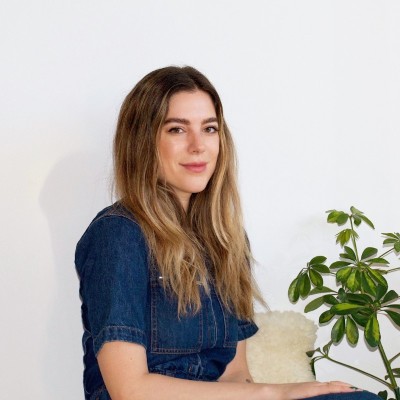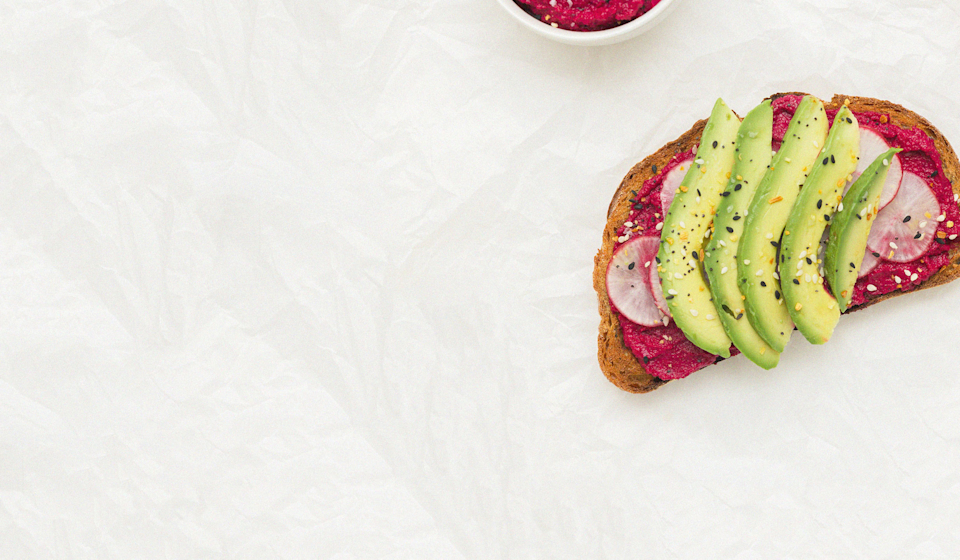Vegetarian-Friendly Complete Protein Food Combinations
1. Quinoa (+ lentils)
While quinoa’s reputation as a good source of protein is well deserved, it’s technically not complete (contrary to popular belief). While it’s true that it contains all nine essential amino acids, it’s too short on the amino acid lysine to be considered a complete protein. That’s where lysine-rich legumes (like chickpeas or lentils) can make for a perfect pairing. (Mediterranean-style quinoa salad, anyone?) (2)
Still, quinoa’s nutritional resume on its own is nothing to scoff at. “Quinoa delivers 8 grams of protein per serving along with iron, magnesium, and fiber,” says Amy Shapiro, MS, RD, CDN, founder of Real Nutrition. (3)
2. Buckwheat (+ edamame)
Both Shapiro and Dr. Young also recommend buckwheat or soba noodles, which are made of buckwheat, as a protein food worthy of a spot in your meal rotation. Dr. Young notes that buckwheat is high in fiber, which is good for digestion and has a low glycemic index. While buckwheat does contain all the essential amino acids, you may want to add shelled edamame to your soba noodle salad to help make it a “complete” meal. (4)

3. Eggs
For omnivores and vegetarians, eggs are another great complete protein food to have on hand as each egg contains all the essential amino acids in sufficient quantities. “[Eggs are a] great source of protein and also include omega-3 fatty acids,” Shapiro says. The best part is that eggs are typically inexpensive and endlessly versatile. (5,6)
4. Hemp seeds (+ chia + oats + milk)
These tiny powerhouses contain all the essential amino acids—not to mention that they also contain omega-3 fatty acids and fiber. But they’re still not entirely a complete protein, which is why a souped up overnight oats recipe might be in order: Combine hemp seeds, chia, oats, and other nuts and seeds with the milk of your choice for a breakfast that’s more protein-diverse. (7)
5. Greek yogurt
Greek yogurt is a vegetarian-friendly complete protein food that contains all the essential amino acids in sufficient quantities—not to mention that each serving boasts almost 10 grams of protein. “Add in some nuts, seeds, grains, and fruit, and you have a well-balanced meal that provides calcium, protein, and satisfaction,” Shapiro says. If you want to get creative, you can incorporate Greek yogurt into various recipes, including baked goodies, marinades, sauces, dressings, and dips. (8)
6. Soy
Soy also tops the list of RD-recommended complete protein foods, and with good reason. “Soybeans contain molybdenum, an essential trace mineral, vitamin K, as well as manganese and folate,” Dr. Young says. “Soybeans also contain both soluble and insoluble fiber and omega-3 fatty acids.” And this goes for all of soy’s various forms. So consider this your permission slip to stock your grocery cart with edamame, tofu, and tempeh. Tempeh is fermented, which can support gut health, says Dr. Young, and it also contains calcium. (9, 10, 11)

7. Peas (+ rice)
Again, while they're technically incomplete proteins, legumes—including peas, the protein-packed star of Essential Protein—contain all nine essential amino acids and tend to be high in lysine. But they do run a little short on the amino acid methionine, which is where a grain source can come in handy. As fate would have it, rice is high in methionine (and short on lysine). As for Essential Protein? We added methionine to provide a complete amino acid profile—so you can get key nutrients with one simple shake.* (2)















